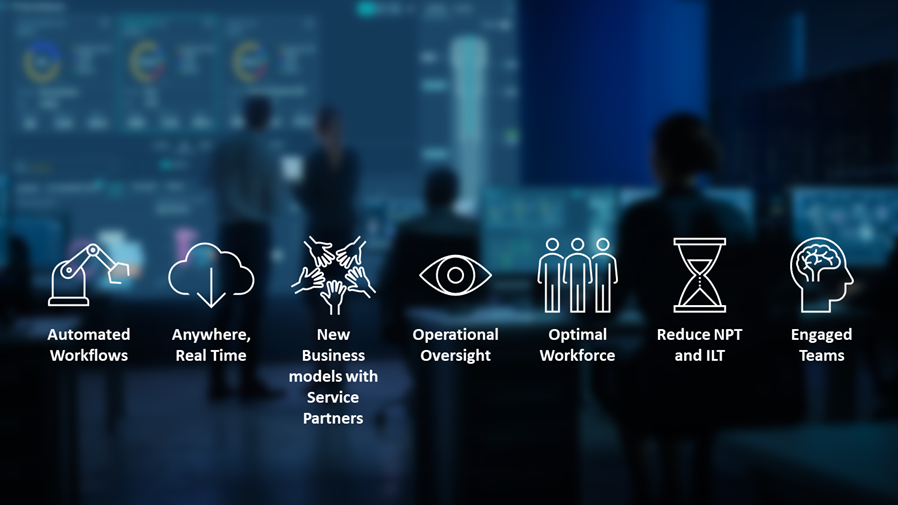Unlocking P&A Success: Collaborative Software Solutions
An oil well has three main phases: Construction; production; decommissioning. One of the steps of decommissioning is Plug and Abandonment (P&A),...
3 min read
Merve Dulger and Jørgen Myre Mar 9, 2023 8:32:00 AM

Bringing a well through construction, from design to completion and production, is a huge undertaking. The number of details that must come together are simply overwhelming, and solid collaboration is key to make it all fit. But what if you could reduce, or even eliminate, the most common obstacles in this process.
In this article, we will look at what goes into well completion, some common pain-points and how collaborative software can improve both CAPEX and OPEX.
An oil well is a complex system, which require many moving pieces to align to reach completion. Taking a well design from the drawing board to construction and production, requires the input and attention from a large amount of people. Every aspect of the design must be considered, practically.
The technology, materials, local considerations of sourcing components, logistics of people and equipment, installation processes and not least approval at every step, all play their important role of bringing a project to reality. It requires careful collaboration.
Procedures and approaches to each problem may be standardised and well defined, but when considering the complexity of such an industrial undertaking, the importance of collaboration is obvious. But how can you efficiently make a large group of people, often spread across the world, always be on the same page in an efficient manner?
Read more: How to Automatically Track and Report all Activities and NPT Events for Wireline Jobs
Project management software is nothing new, but SCRUM and AGILE has their limitations when implemented through an all-round solution.
Let’s review some common pain-points in the development process:
This might sound familiar, and those who are know that this is a cycle repeated multiple times. There is no doubt that a solution to this would have a huge positive effect.
The traditional approach of execution has been developed over a long time, and there’s no doubt it works. However, that it works, does not mean it is optimal, and anyone familiar with the amount of energy and time wasted on little things, know how it adds up in. For small teams of 1-3 people, this approach might be sufficient. However, much is lost when scaled up to dozens of people working together, across time zones, cultures, and specialisation. In an industry that are becoming increasingly competitive and efficiency-oriented one must be willing to adapt, embracing new solutions. A new digital tool can be daunting, but the benefits are undeniable.
Read More: What are the Benefits of a Totally Integrated Digital Planning and Execution Package?
Gathering everything in one place is only part of the job. Making sure that every actor has the right access and are confident that what they look at is correct, approved, and current is one of the biggest challenges and the key to a successful execution.
A collaborative software solution must be built on the foundation of a responsive and intuitive user interface, with all uncertainty is eliminated. Functionality that allows the users to:
A solid collaborative software platform greatly reduces the need for double-checking revision version, combing through emails to make sure everyone was included in the last version.
The major industry actors have spent large resources and time standardising procedures and approach to different aspects of well construction and completions. This ensures that every solution is on a solid foundation before the practical details and nuances are defined. Consolidated as libraries, they are always available to the user, covering every industry standard.
There are ways of improving the collaboration process and its efficiency by guaranteeing that everyone is always on the same page, using collaborative software. Some may find the transition difficult, but quality software remains accessible to even those most engrained in the traditional way of doing things. It cuts down on routine tasks that belong to a different era and makes well completions as interconnected as the rest of the 21st century.

An oil well has three main phases: Construction; production; decommissioning. One of the steps of decommissioning is Plug and Abandonment (P&A),...

Introduction In today's rapidly evolving oil and gas industry, where efficiency and safety are paramount, harnessing the power of digital solutions...

The lifetime of a well is dependent on where you are in the world – from up to 50 years in Saudi Arabia to 10 years in the North Sea. To secure the...